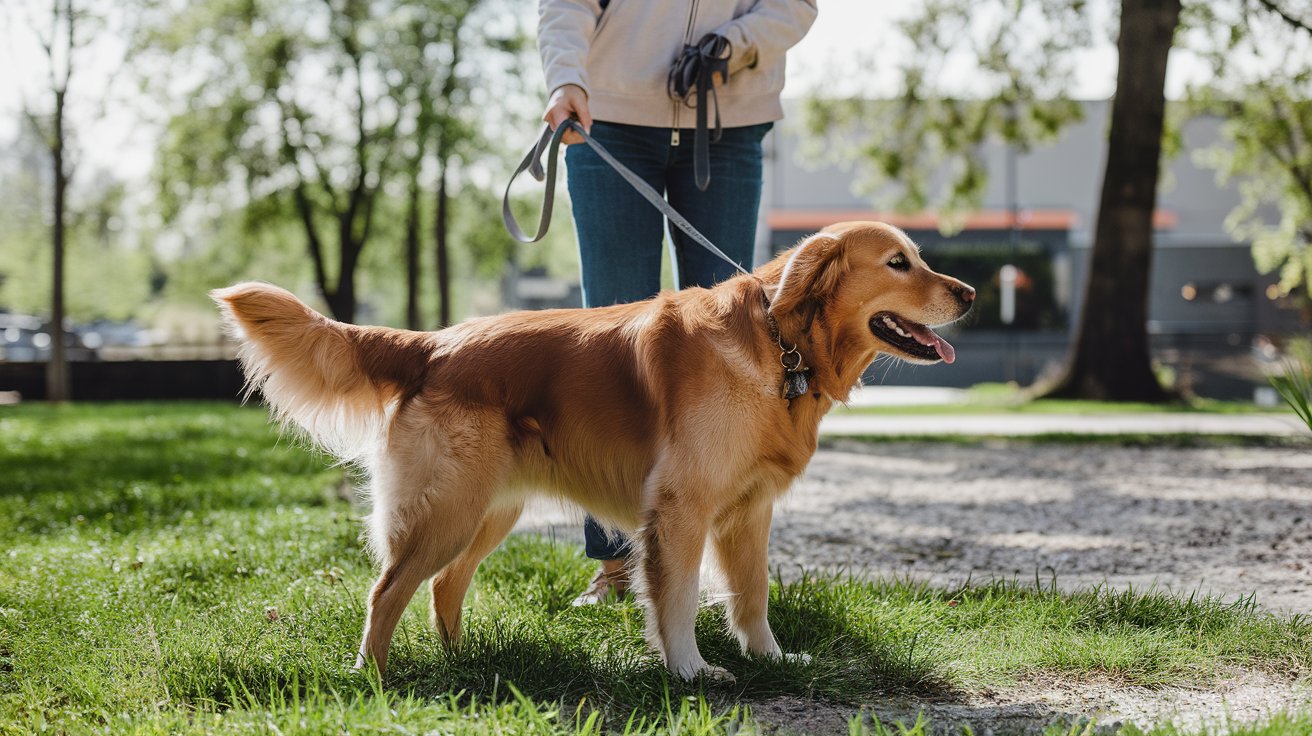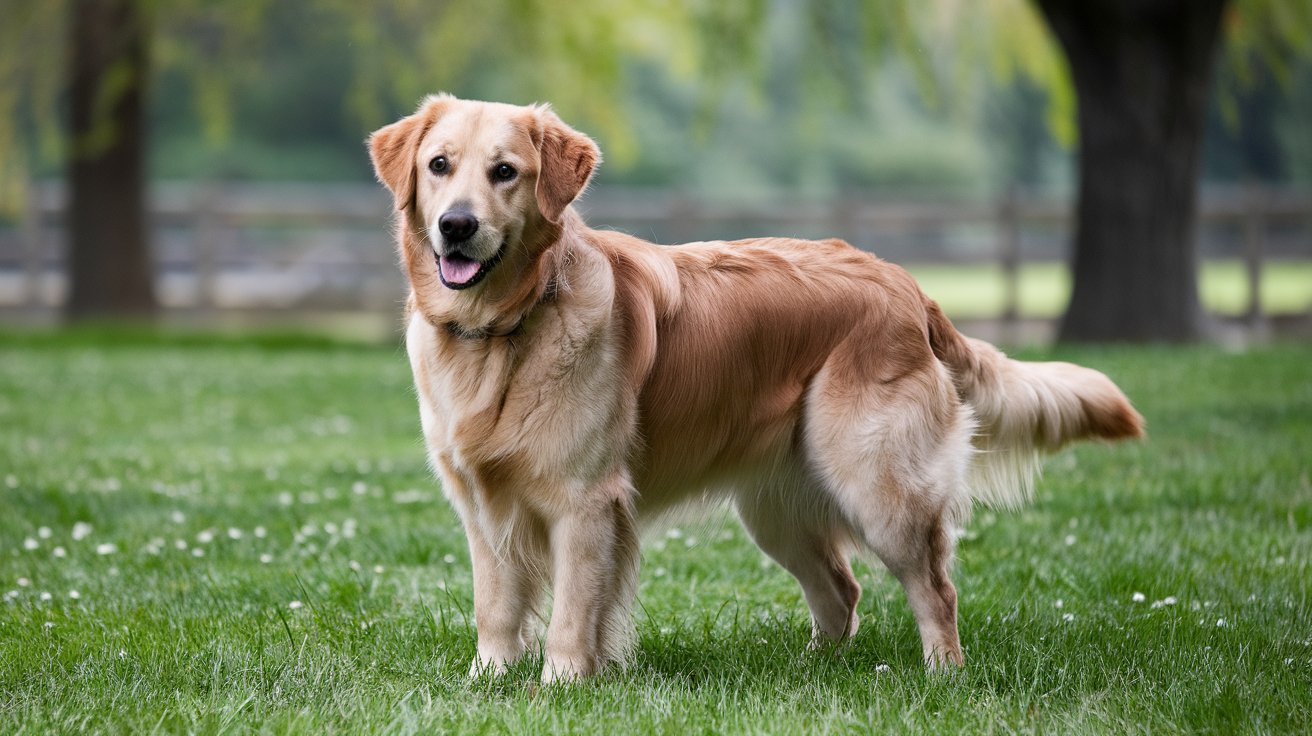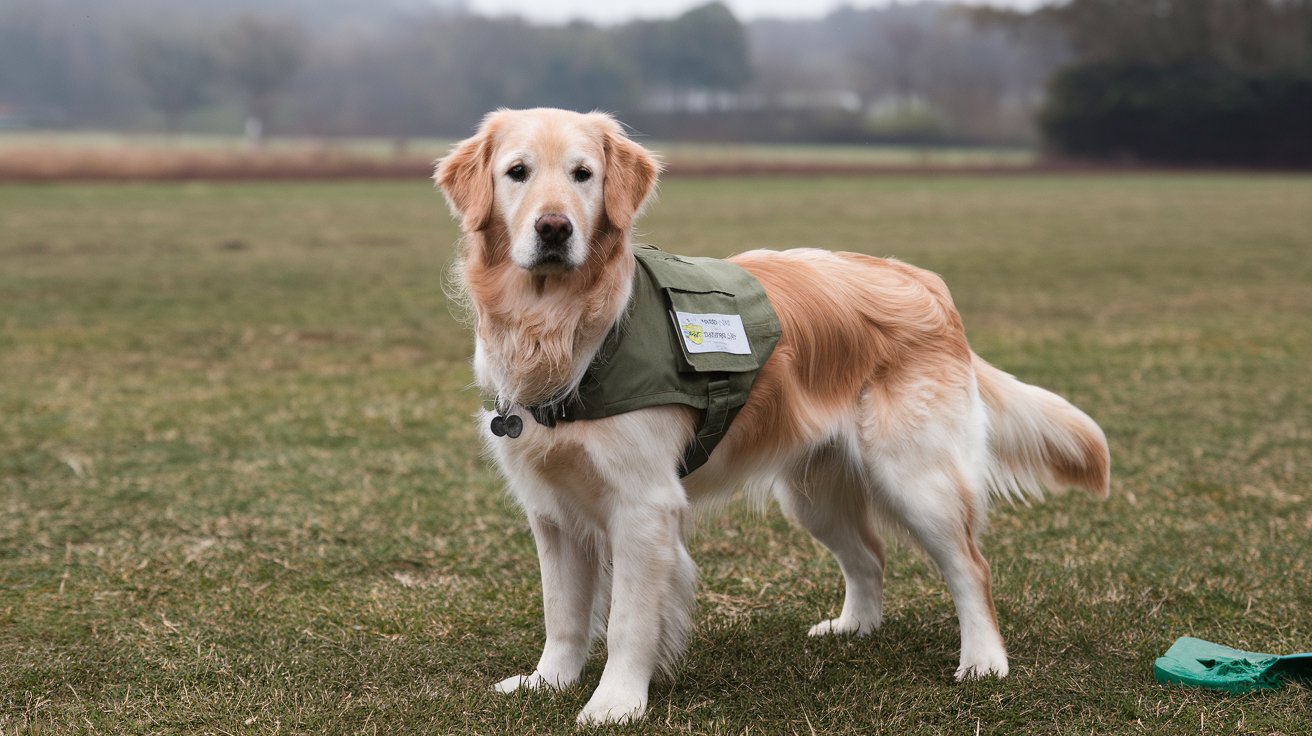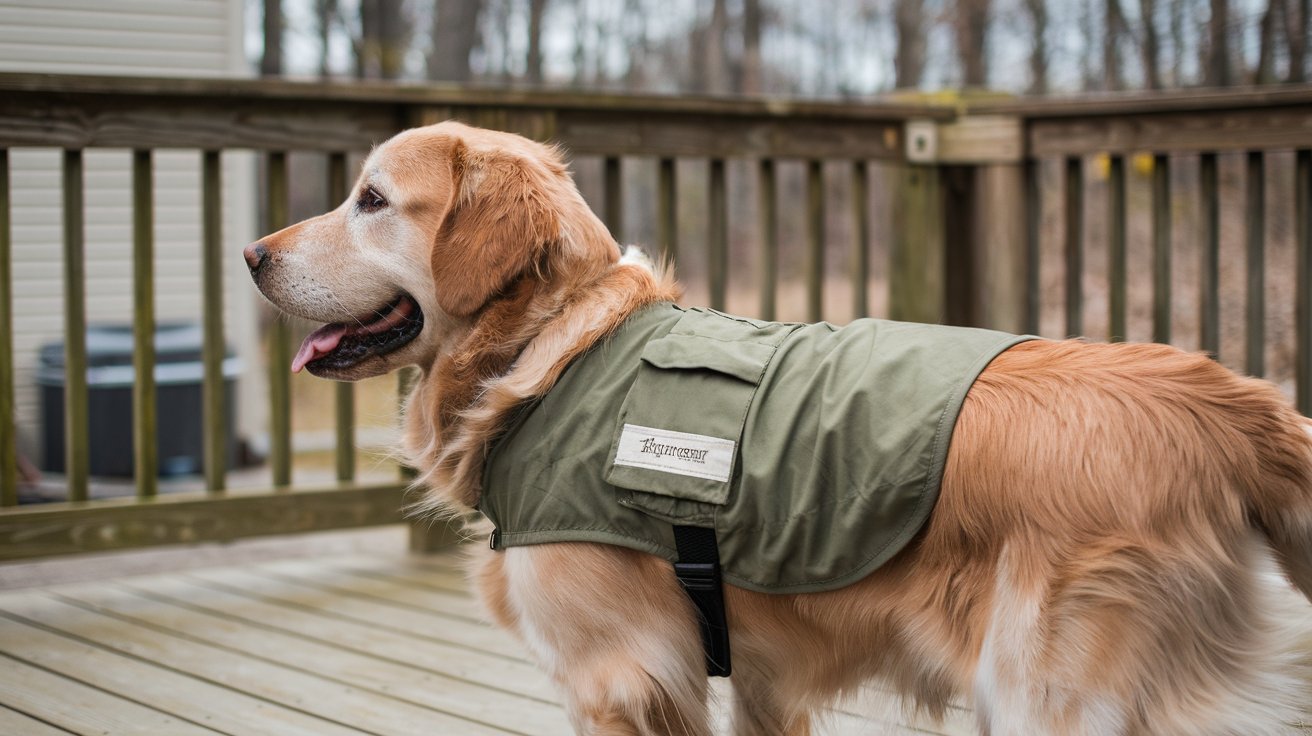Dog Potty Training 10 Crucial Tips for Stress-Free Rich Guide
Potty training is one of the first challenges dog parents face when welcoming a new furry member into their family. It can be both rewarding and, at times, a little messy. With patience, understanding, and consistency, potty training can set the foundation for a well-behaved and happy pup. In this article, we’ll explore 10 essential things every dog parent should know about potty training, with actionable tips and a few relatable anecdotes to guide you through the process.
1. Consistency Is Key

Dogs thrive on routine, and consistency is vital when it comes to potty training. Establish a regular feeding schedule and take your pup out to potty at the same times every day.
Personal Story:
When I first got my Labrador, Max, I thought I could let him eat and potty whenever he wanted. It didn’t take long to realize this was chaotic! Setting a schedule changed everything. I took Max out first thing in the morning, after meals, and before bedtime. Within weeks, he caught on.
Pro Tip: Use a timer to remind yourself to take your puppy out every 2–3 hours, especially for younger dogs with smaller bladders.
2. Choose a Designated Potty Spot
Dogs are creatures of habit. Picking a specific outdoor spot for potty breaks helps your dog associate that area with doing their business. Over time, the smell and familiarity will guide them.
How to Do It:
- Take your dog to the same spot each time you head outside.
- Use a cue word like “Go potty” or “Do your business” to reinforce the behavior.
Pro Tip: Praise your dog immediately after they go in the right spot. Positive reinforcement strengthens the habit.
3. Understand Your Dog’s Signals
Every dog has unique signs that indicate they need to go outside. Some may circle, sniff the floor, or whine. Recognizing these signals early prevents accidents indoors.
Anecdote:
When training my Wire Fox Terrier, Luna, I learned that sniffing the same corner of the living room was her subtle way of saying, “I need to go.” The moment I started noticing these cues, accidents reduced dramatically.
Pro Tip: Keep your dog in sight while they’re learning. If you can’t supervise, use a crate or confined space.
4. Use Crate Training as a Tool

Crates can be invaluable during potty training. Dogs instinctively avoid soiling their sleeping areas, making crates a safe place to teach bladder control.
Guidelines for Crate Use:
- Choose the right size: The crate should be big enough for your dog to stand, turn around, and lie down comfortably.
- Never use the crate as punishment; it should feel like a cozy den.
- Take your dog out frequently to prevent accidents.
Pro Tip: Gradually increase the time your pup spends in the crate, starting with short intervals.
5. Accidents Will Happen—Stay Patient
No matter how vigilant you are, accidents are part of the learning process. Scolding your dog after the fact won’t help—they won’t connect the punishment to the accident. Instead, focus on redirecting and cleaning up effectively.
How to Handle Accidents:

- Interrupt them gently if you catch them in the act.
- Immediately take them outside to their potty spot.
- Clean the area thoroughly with an enzymatic cleaner to eliminate lingering smells.
Pro Tip: Avoid using ammonia-based cleaners, as they smell similar to urine and might encourage your dog to return to the same spot.
6. Positive Reinforcement Works Wonders
Rewarding good behavior is far more effective than punishing bad behavior. Use treats, praise, or playtime to show your dog they’ve done the right thing.
Anecdote:
When potty training my Brittany, Bella, I kept a small pouch of treats near the door. Every time she successfully pottied outside, I cheered like she’d won an award. It was worth the odd looks from neighbors—Bella was fully trained in just a month!
Pro Tip: Timing is crucial. Reward your dog immediately after they potty outside so they associate the reward with the behavior.
7. Watch for Common Potty Training Challenges
Some dogs may struggle with potty training due to specific issues. These can include:
- Submissive urination: Dogs pee when they’re scared or excited.
- Marking behavior: Especially common in unneutered males.
- Health problems: UTIs, bladder infections, or other medical conditions.
Solution: If your dog has persistent accidents despite training, consult your veterinarian to rule out medical causes.
8. Weather Can Impact Potty Training
Some dogs dislike going outside in rain, snow, or extreme heat. For these pups, you’ll need creative solutions to keep potty training on track.
Tips for Weather Challenges:
- Use a covered potty area or train them to use puppy pads indoors during extreme weather.
- Invest in dog booties or raincoats to keep them comfortable.
Pro Tip: Make outdoor potty breaks quick and rewarding during unpleasant weather to encourage compliance.
9. Transitioning from Puppy Pads to Outdoor Pottying
If you’re using puppy pads, transitioning to outdoor pottying can take time. Gradually move the pads closer to the door, and eventually outside.
Steps to Transition:
- Praise and reward your dog for using the pad near the door.
- Place the pad outside, then phase it out completely once your dog adjusts.
Pro Tip: Be consistent and patient—it might take weeks, but most dogs adapt with clear guidance.
10. Every Dog Is Unique—Adapt as Needed

While these tips work for most dogs, your pup may require adjustments to suit their personality and needs. Some breeds, like the Tamaskan Dog, are quick learners, while others may take more time.
Anecdote:
When I adopted my Broholmer, Charlie, I realized he needed longer outdoor potty breaks than my other dogs. Once I adjusted my schedule to give him extra time to sniff and explore, he became much more consistent with his potty training.
Pro Tip: Don’t compare your dog’s progress to others. Celebrate small victories and focus on the unique bond you’re building.
Final Thoughts
Potty training is a journey that requires patience, consistency, and a little bit of trial and error. By understanding your dog’s needs, maintaining a routine, and celebrating successes, you’ll set your furry friend up for a lifetime of good habits.
If you’re feeling overwhelmed, remember that every dog parent has been there. With the right tools and mindset, you’ll look back on these moments and smile, knowing you overcame them together.
Do you have a potty training story to share? Leave a comment below or check out more tips on OnlyDoggyDays. Together, we can make the journey smoother for every dog parent!